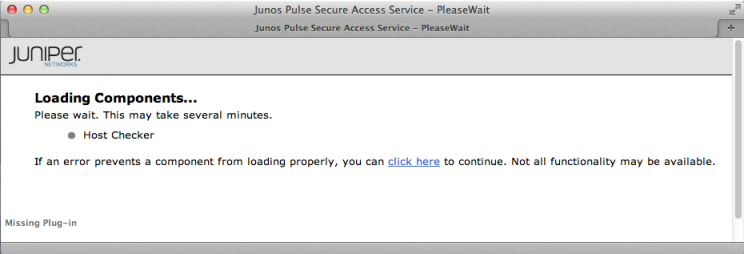



Next, we need to create a Phase1 definition. OSPF disabled BGP disabled RIP disabled RIPng disabled mtrace disabledīandwidth: physical 0kbps, configured egress Ĭonfigured ingress mbw 0kbps, current bw 0kbps Web disabled, ident-reset disabled, SSL disabled Ping disabled, telnet disabled, SSH disabled, SNMP disabled *ip 0.0.0.0/0 unnumbered, source interface ethernet0/1 Number 20, if_info 1768, if_index 1, mode routeĪdmin mtu 1500, operating mtu 1500, default mtu 1500 Set int tunnel.1 ip unnumbered interface eth0/1 The tunnel interface will be placed in the Public zone. We’ll use an ip unnumbered tunnel interface for this. We’ll use a route based VPN for this purpose, so we need to create a tunnel interface. If you’re not sure what these Phases or parameters mean, check out this post and this discussion on (In case you are wondering : my nickname on is c0d3r) You can use PFS… Just scroll down to the bottom of this post in order to figure out how you can do this) (In fact, this option is not available in the Windows 2008 GUI. The Juniper firewall is a ssg5, running screenos 6.2 (but this may work with older versions as well) Shared configuration parameters :
JUNIPER SETUP CLIENT INSTALLER WINDOWS 7 FREE
If you are using Juniper equipment that does not support zones other than the default trust and untrust, feel free to replace “Public” with “untrust” and “Lan” with “trust” The 2 zones on the screenOS are “Public” (for the internet facing interface) and “Lan”. The goal is to allow hosts 192.168.10.1 and 192.168.2.1 to talk to each other, using an IPSec tunnel between the Windows Server and the SSG firewall. Network 192.168.2.0/24 is located behind a SSG5 Juniper firewall. Just make sure it has a public IP which is routable, and no NAT is used. If you feel not confident enough putting the Windows server directly to the internet, you can also put it in a DMZ. They are directly connected to the internet. Traffic to the internet, initiated by these hosts, are not subject to address translation (no NAT). Just bear in mind that both the Juniper and the 2008 Server have a public IP. Of course, this is not really a public IP, and the Juniper’s public IP will be in the same range, but it is not relevant to my explanation today. Network 192.168.10.0/24 is located behind a multi-homed Windows 2008 Server (2 network interfaces, one with a private IP (192.168.10.254) and one with an internet public IP (I’ll use 192.168.0.0/24 as ‘internet’, so the ‘public’ IP of the Windows Server is 192.168.0.100. We’ll assume the following network layout : The Windows Server will acts as a gateway to build a VPN tunnel towards the Juniper firewall, so the hosts behind the Windows Server can access hosts behind the Juniper firewall.
JUNIPER SETUP CLIENT INSTALLER WINDOWS 7 HOW TO
In this blog post, I will show you how to set up a IPSec VPN tunnel between a Windows Server and a Juniper ScreenOS based firewall and route traffic between hosts that are located behind these 2 VPN gateways.


 0 kommentar(er)
0 kommentar(er)
